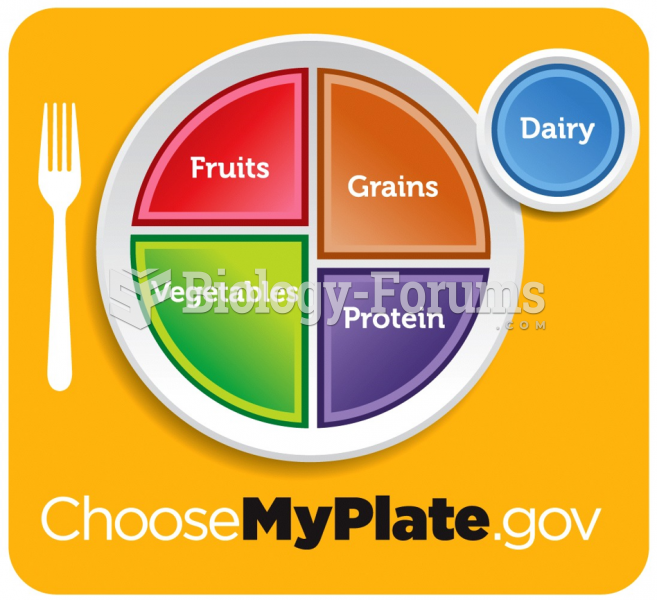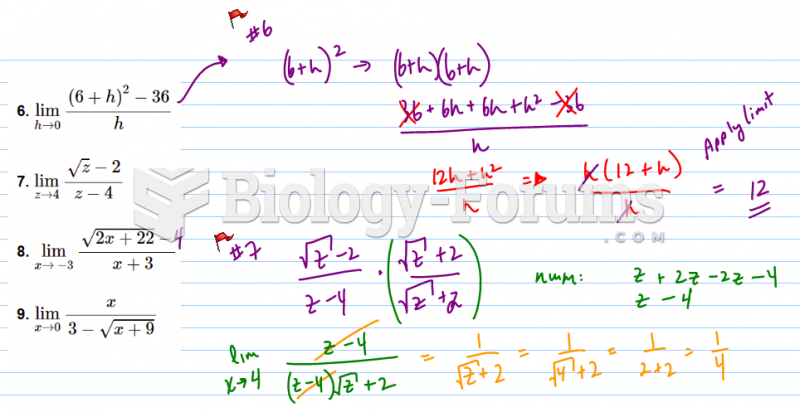Answer to Question 1
Following are possible PES statements. It may be helpful for students to initially write more than two nutrition diagnoses and then prioritize as to the ones most likely to have immediate nutrition interventions.
Clinical:
Overweight related to physical inactivity and excessive energy intake as evidenced by BMI of 24.9 (>95)
Intake:
Excessive energy intake related to snacks and meals consisting of calorically dense foods and beverages such as whole milk, regular sweetened sodas, and fried foods as evidenced by typical daily caloric intake of approximately 4400 kcal compared to recommended daily intake of 1800-2000 kcal
(Students could also write a similar PES using Excessive oral food/beverage intake as the problem.)
Behavioral/Environmental:
Physical inactivity related to overweight, fatigue, and limited PA at school as evidenced by usual activities limited to playing video games and reading
Undesirable food choices related to knowledge deficit and low intake of fruits and vegetables as evidenced by frequent intake of juices, whole milk, sweetened beverages, refined carbohydrates, fried foods, and high-fat meals
Food- and nutrition-related knowledge deficit as evidenced by Jamey's mother inquiring about the use of food rewards to motivate an increase in physical activity and exercise (in this case an etiology may not be necessary)
Answer to Question 2
Initial weight-loss goals would be to restrict energy intake by 500 kcal a day to lose 1 lb per week. These 500 kcal a day should be subtracted from 2400 kcal, which is the approximate calculated energy requirement for Mitch for weight maintenance. Mitch should aim to lose about 1 lb a week until BMI is less than 30 or until he has lost about 10 of body weight.
Goal 1: Restrict calories by 500 kcal a day or eat close to 1900 kcal each day.
- Limit foods high in saturated fat and trans fatty acids (education necessary on which foods these are).
Goal 2: Aim to incorporate at least 150 minutes of moderate physical activity each week.






